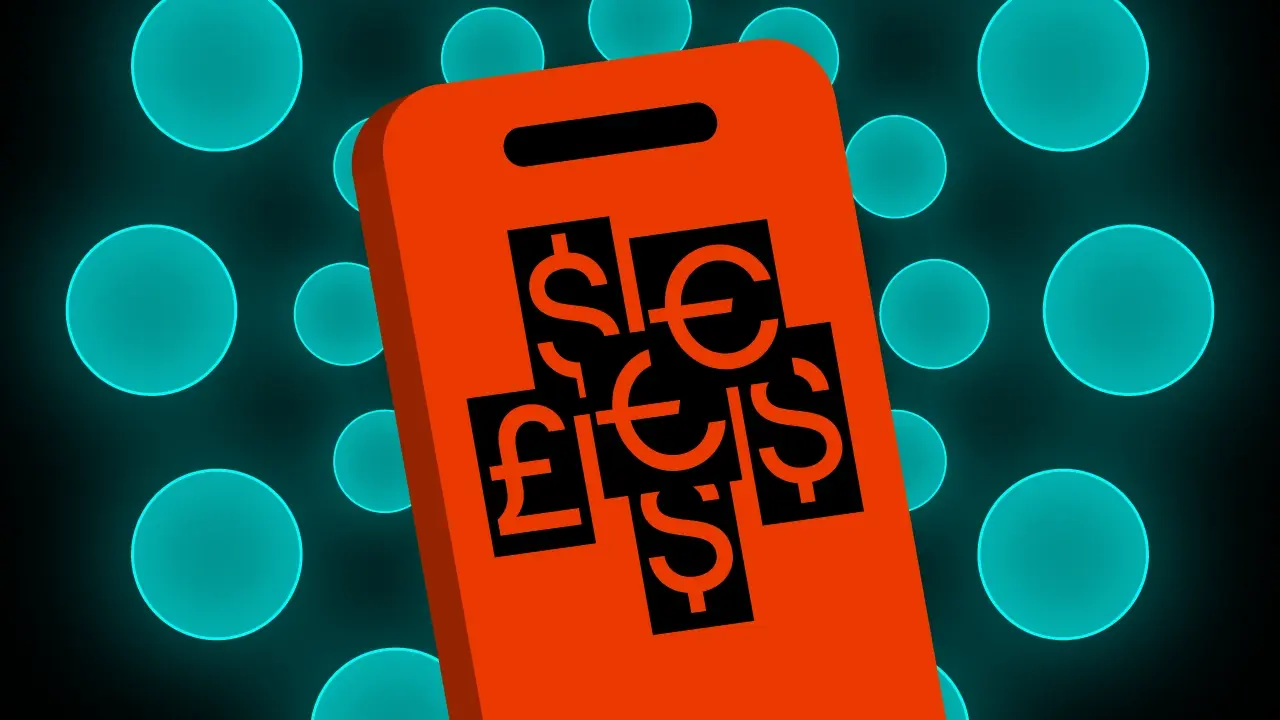[WEBINAR] SuperApps in the banking sector


Article based on our webinar on Superapps:
Thank you for joining our session on SuperApps in the Banking Sector. Today, we’re diving into a question that’s both timely and strategic: Can banks become the digital centre of daily life? We’ll explore the concept of super apps, their rise in global markets, and what this trend could mean for the European financial sector.
Why are we talking about SuperApps?
This webinar is rooted in our recent Banking Trends Report, which aims to serve as a strategic guide for banks and technology providers navigating the next wave of digital innovation. After analysing 127 sources – including bank strategy documents, industry forecasts, and data from firms like Accenture, Deloitte, and Eurostat – we identified nine key trends shaping banking through 2030. SuperApps emerged as one of the most promising.
Setting the scene: the mobile-first shift
Let’s begin with a bit of context. In Europe, 90% of people access the internet via mobile devices, while only 31% prefer desktops. This mobile-first behaviour is mirrored by the rise in online shopping—77% of internet users made purchases online last year, a decade-on-decade increase of 17%.
Yet, only 35% of banks currently have agile IT systems, suggesting significant room for improvement. Meanwhile, consumer habits are shifting: 60% of customers prefer managing their finances via apps, and two-thirds of businesses believe traditional banks are too slow to meet modern expectations.
What does this mean? Quite simply, consumers aren’t just using mobile more – they expect more from mobile. They want intuitive, personalised experiences that go beyond transactions and into the fabric of daily life.
So, what exactly is a SuperApp?
A superapp is a single mobile platform that combines multiple services, both financial and non-financial, into one seamless ecosystem. For banks, it means moving from being a service provider to becoming a daily digital hub.
Typically, a super app starts with a core function (often payments or messaging) and evolves to include mini-programs or third-party integrations. Think of it as a digital Swiss army knife: one app, one login, many services.
Why SuperApps matter
Experience over features: Customers want context-aware services that fit their lives.
Trust advantage: Banks are seen as more trustworthy than big tech; 70% of people believe banks handle their data more securely.
A competitive edge: The super app model offers efficiency, convenience, and strong user engagement.
Global inspirations: what’s happening elsewhere?
Asia has led the super app revolution, offering powerful case studies:
- WeChat (China): Started as messaging, added payments, now includes everything from e-commerce to ride-hailing. It serves over 1.5 billion users.
- Alipay (China): Evolved from payments into a platform for wealth management, insurance, and even government services – now exceeding one billion users.
- Gojek (Indonesia): Began with ride-hailing, later integrated payments, logistics, entertainment.
- KakaoTalk (South Korea): Messaging first, then added games, shopping, transport.
- Kaspi (Kazakhstan): Grew from retail to banking to a national super app – serving 70% of the population.
Outside Asia, we see Rappi in Latin America, Paytm in India, and Gozem in Africa offering multifunctional platforms across sectors.
What about Europe?
Europe has no true super apps yet, but some players are heading in that direction:
- Revolut (UK/Global): Started with FX and digital banking, now offers travel, investments, crypto, insurance, even lifestyle services. With over 35 million users, it’s arguably the most ambitious European contender.
- Bank (Poland): Integrates e-commerce directly into its app, a first in Europe.
- KBC (Benelux): Highly regarded for its lifestyle services and user experience, offering everything from bike rentals to medical document access.
Still, these are early steps compared to the scale seen in Asia.
Opportunities for banks
Banks have a unique head start. They already offer mature mobile platforms and enjoy high levels of trust. Regulations such as PSD2 and the upcoming PSD3 allow them to integrate third-party services safely and transparently. With wide-ranging mobile usage and digital interactions growing, there’s an opening for banks to become trust-first platforms, blending financial and non-financial services.
Challenges to overcome
Despite the opportunity, building a super app in Europe comes with real hurdles:
- Legacy tech infrastructure: Many banks still operate on outdated systems ill-suited to integration and scalability.
- Complex regulations: Every service added requires navigating different legal frameworks, especially in cross-border contexts.
- Data security and privacy: GDPR compliance and the sheer volume of sensitive data create a substantial risk surface.
- User experience: With too many features, apps risk becoming cluttered and confusing. Simplicity and personalisation are hard to balance.
- Cultural preferences: European consumers tend to prefer specialised apps and are wary of centralised power. This affects adoption.
- Antitrust concerns: The EU is vigilant about platform monopolies, making a one-app-to-rule-them-all approach less viable.
The path forward: a European model
So, will banks in Europe become the digital centre of life? Yes, but not by replicating the Asian model. Instead, they should pursue a modular, open, trust-centric super app model, based on selective integration and strategic partnerships. Think platform, not monopoly. Ecosystem, not empire.
Banks can, and should, act as gateways of trust, combining their core strengths with the agility of fintechs and service providers. If they move quickly, deliberately, and customer-first, the future is theirs to shape.
If today’s session sparked new ideas or questions, we invite you to explore the full Banking Trends 2025 report, packed with insights, data, and forward-looking analysis. Download it here, and keep an eye out for our upcoming webinars covering each trend in more depth.




